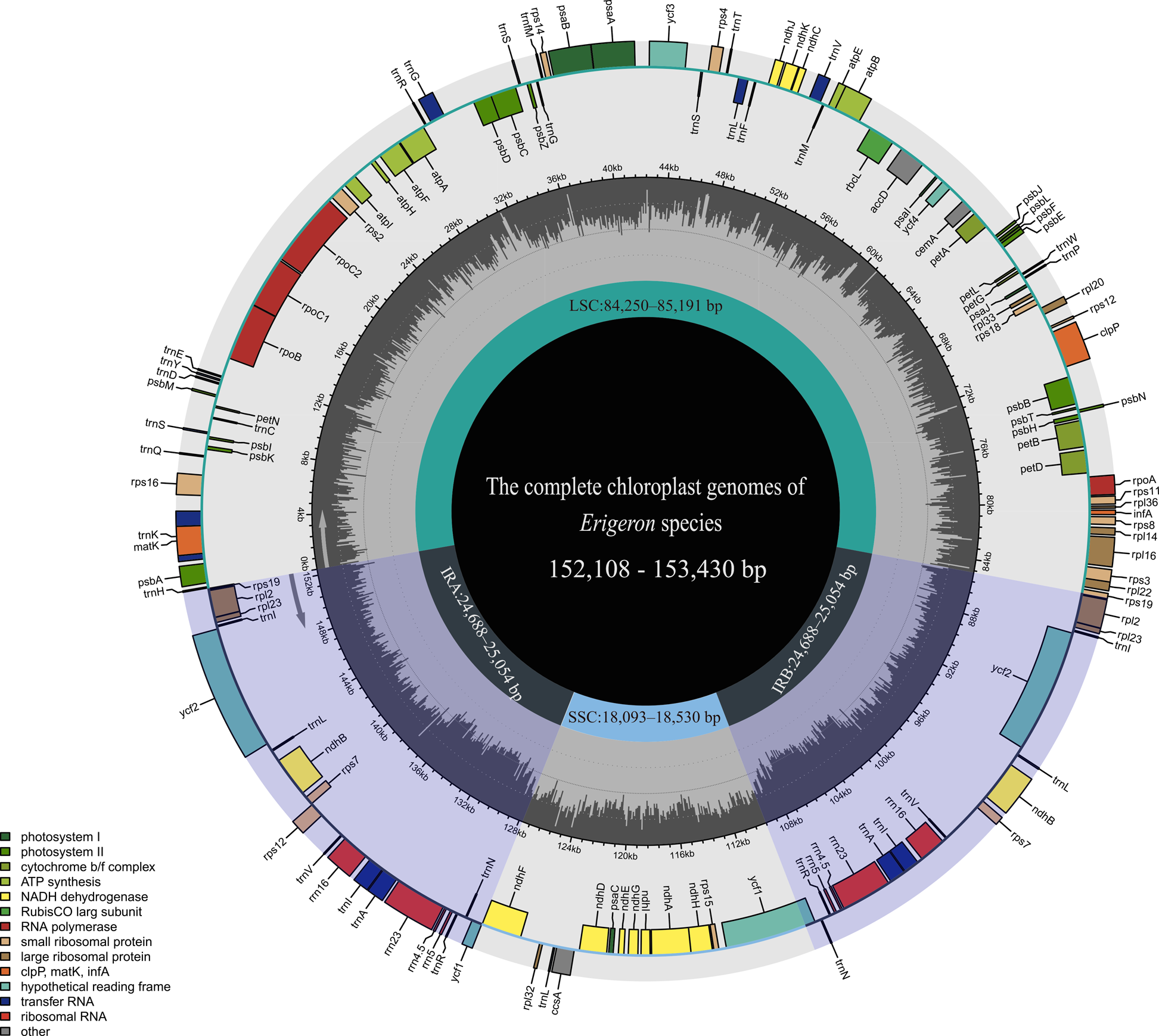Genome sequencing and de novo assembly of genomes
The Illumina NovaSeq 6000 platform generated approximately 7.94 gigabytes (Gb) of data for E. bonariensis, consisting of 19.1 million 150-bp paired-end reads. The cp. genome of E. bonariensis was…

The Illumina NovaSeq 6000 platform generated approximately 7.94 gigabytes (Gb) of data for E. bonariensis, consisting of 19.1 million 150-bp paired-end reads. The cp. genome of E. bonariensis was…